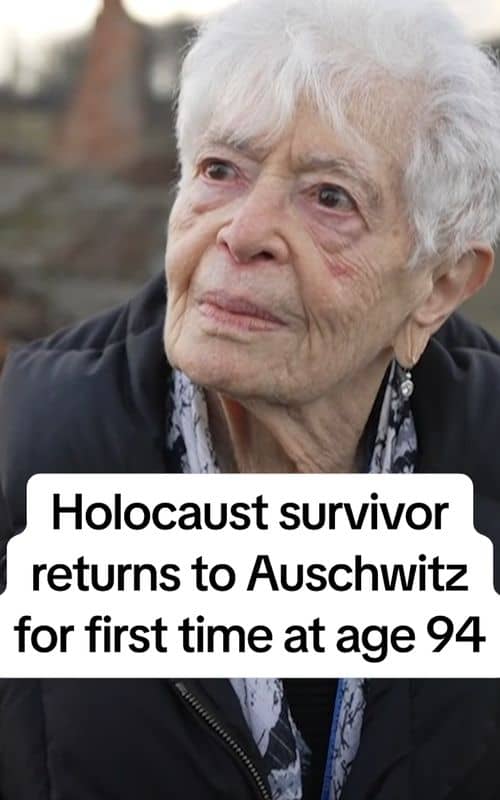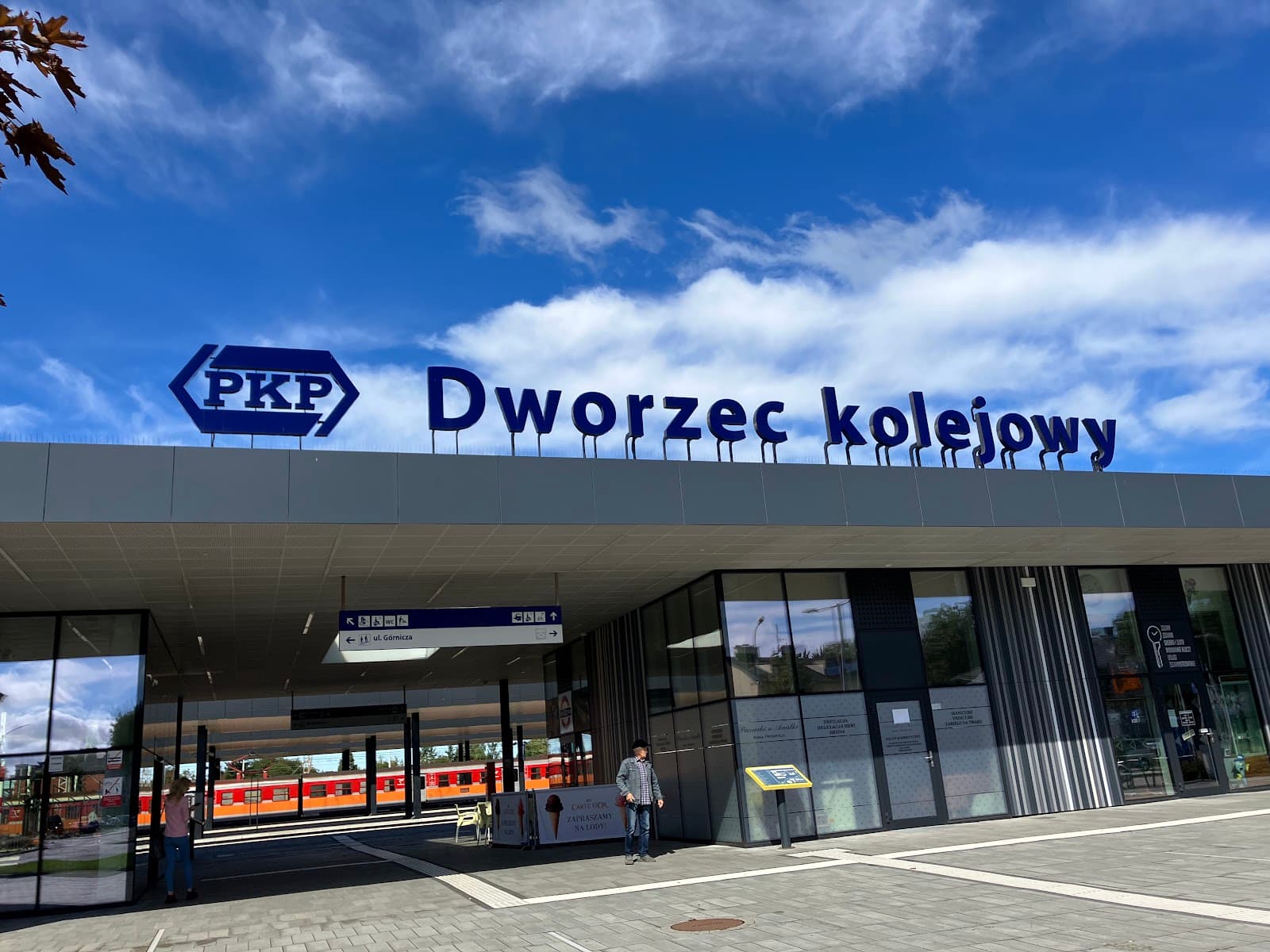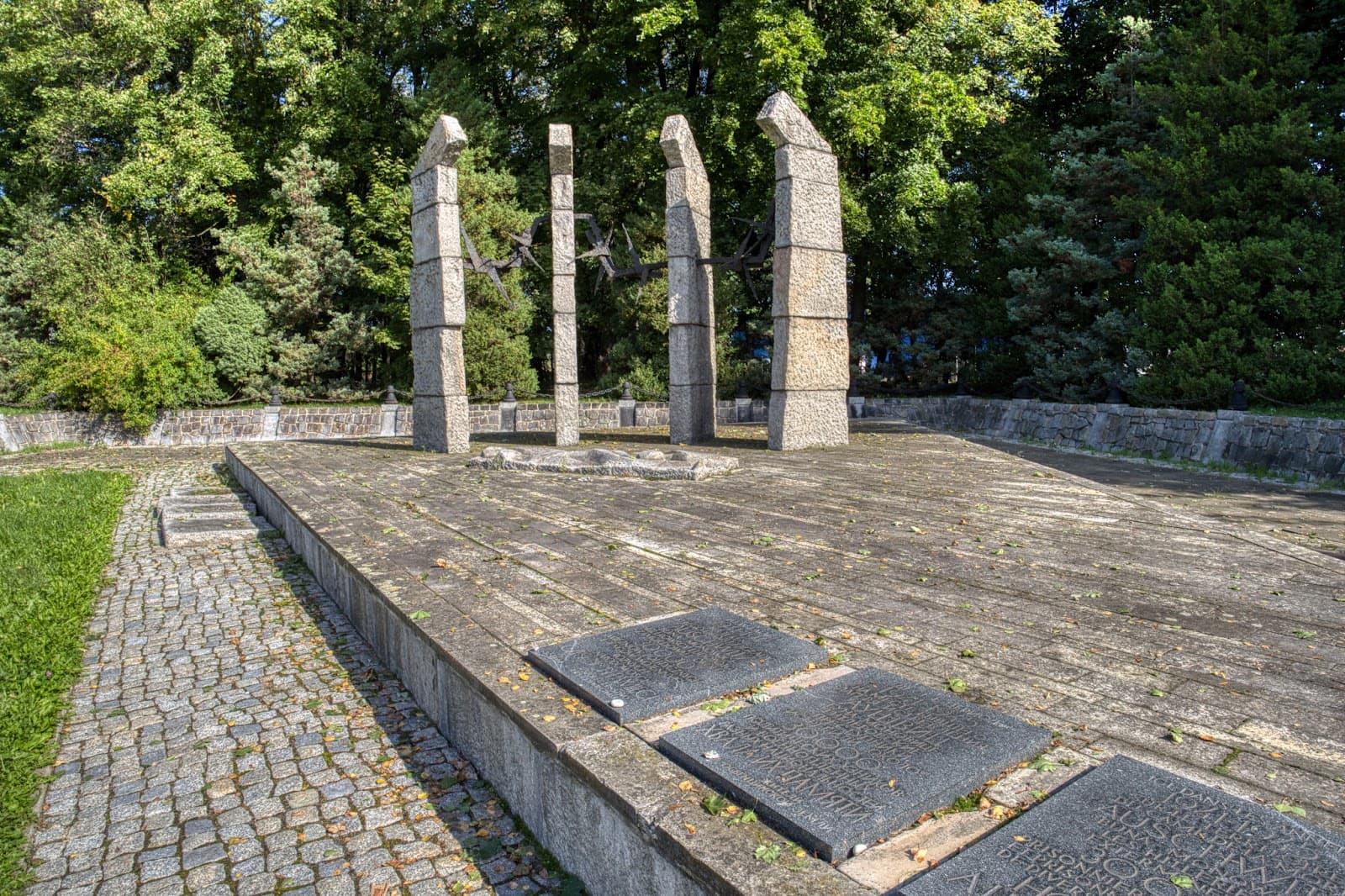
Auschwitz I
Auschwitz I is a solemn memorial and museum, preserving the grim reality of a WWII concentration camp and educating visitors on the Holocaust.

Highlights
Must-see attractions

Social
From TikTok & Reddit
Best Time
Fewer crowds, explore at your own pace.

Auschwitz I
Best Time
Fewer crowds, explore at your own pace.

Highlights
Must-see attractions
Auschwitz I is a solemn memorial and museum, preserving the grim reality of a WWII concentration camp and educating visitors on the Holocaust.
"An extremely moving and intimate experience, a somber reminder of the horrors of the Holocaust."

🎯 Book Official Tours Early
Tickets sell out fast! Book directly from the official Auschwitz Memorial website to avoid disappointment.
👟 Wear Comfortable Shoes
You'll be walking several kilometers on uneven ground. Good footwear is essential for comfort.

Highlights
Discover the most iconic attractions and experiences

Auschwitz I Main Camp
Auschwitz I
The original camp, featuring preserved barracks, the infamous 'Arbeit Macht Frei' gate, and exhibits of victims' belongings.

Auschwitz II-Birkenau
Auschwitz II-Birkenau
The vast extermination camp with its iconic railway tracks, gas chambers, and crematoria, a stark symbol of the Holocaust.

Exhibits of Personal Items
Auschwitz I
Poignant displays of shoes, suitcases, and prosthetics belonging to victims, offering a tangible connection to their lives.
Plans like a pro.
Thinks like you
Planning Your Visit
Book Your Visit in Advance
Prepare for a Somber Experience
Best Times
Insider Tips
from TikTok, Instagram & Reddit
🎯 Book Official Tours Early
Tickets sell out fast! Book directly from the official Auschwitz Memorial website to avoid disappointment.
👟 Wear Comfortable Shoes
You'll be walking several kilometers on uneven ground. Good footwear is essential for comfort.
🧥 Dress Modestly
Avoid bright colors and revealing clothing out of respect for the memorial site.
💧 Bring Tissues
The experience is deeply emotional. Be prepared for a moving and often heartbreaking visit.
Tips
from all over the internet
🎯 Book Official Tours Early
Tickets sell out fast! Book directly from the official Auschwitz Memorial website to avoid disappointment.
👟 Wear Comfortable Shoes
You'll be walking several kilometers on uneven ground. Good footwear is essential for comfort.
🧥 Dress Modestly
Avoid bright colors and revealing clothing out of respect for the memorial site.
💧 Bring Tissues
The experience is deeply emotional. Be prepared for a moving and often heartbreaking visit.
🆔 Carry Identification
ID may be required for entry, especially if you've booked in advance.
What Travellers Say
Reviews Summary
Visitors describe Auschwitz as a deeply moving and essential historical site, though profoundly somber. While the scale of the atrocities is saddening, many find the guided tours incredibly informative and impactful, offering crucial context and personal stories. The experience is often described as heartbreaking but vital for remembrance and understanding.
"I guess if your in this visiting this area of Poland it's worth the visit. Growing up and hearing, seeing, reading about the atrocities that took place, the scale of events it is saddening to say the least.
Early August visit, worth booking your tour otherwise expect to queue. Worth having a tour guide as they explain everything as you go along the route."
Mad Nutter
"If you are into your history. Then this is for you.
I can not really disturb how it makes you feel. Or how to explain when I get asked what it is like?
However I can tell you.
You need to book a tour, which takes about 3 to 4 hours. Take ID with you. It cost about £25.00 pp
You get to see both camps.
It's about a 1.5-mile walk from the train station,"
Julie Durkin
"People go there for looking at history and horror. However what we learnt from the history. We still have Savage politics in west Asia and Ukraine. No solution."
Sishir Majumdar
What People Like
What People Dislike
Frequently Asked Questions
🚇 🗺️ Getting There
You can take a bus or a train from Krakow to Oświęcim. Buses are generally more frequent and drop you closer to the memorial. The journey takes about 1.5 to 2 hours.
Yes, public transport from Krakow is readily available. Buses depart frequently from the main bus station, and trains run from Krakow Główny.
Yes, driving is an option, and there is parking available near the memorial site. However, many visitors opt for guided tours that include transportation from Krakow.
Auschwitz is located approximately 70 kilometers (about 43 miles) west of Krakow. The travel time by car or bus is usually around 1.5 hours.
Yes, numerous tour operators offer day trips from Krakow that include transportation to and from Auschwitz, often with a guided tour included.
🎫 🎫 Tickets & Entry
It is crucial to book tickets well in advance through the official Auschwitz-Birkenau Memorial and Museum website. Tickets often sell out days or weeks ahead.
Yes, you can visit the site on your own after 3 PM without a guided tour. However, a guided tour is highly recommended to understand the historical context and significance of the site.
Entry to the Auschwitz-Birkenau Memorial and Museum is free for individual visitors after 3 PM. Guided tours have a fee, typically around £25.00 per person.
Opening hours vary seasonally, but the site is generally open from early morning until dusk. Guided tours have specific time slots. Check the official website for current hours.
Yes, it is advisable to bring identification, especially if you have booked a guided tour in advance.
🎫 🧭 Onsite Experience
A guided tour typically lasts about 3.5 hours, covering both Auschwitz I and Auschwitz II-Birkenau. Visiting independently after 3 PM allows for more flexibility.
It's recommended to dress modestly and respectfully, avoiding bright colors or revealing clothing. Comfortable walking shoes are essential due to the extensive grounds.
Photography is generally permitted in outdoor areas, but it is restricted inside buildings and exhibition halls. Always check for signage and follow the guide's instructions.
Auschwitz is a deeply disturbing site. While educational, it may not be suitable for young children due to the graphic nature of the exhibits and historical context. Parental discretion is advised.
Auschwitz I was the original camp and administrative center, housing barracks and exhibitions. Auschwitz II-Birkenau was the much larger extermination camp, featuring the gas chambers and crematoria.
📸 📸 Photography
Photography is permitted in most outdoor areas of Auschwitz I and II-Birkenau, but it is strictly forbidden inside buildings and exhibition halls.
Iconic photo spots include the 'Arbeit Macht Frei' gate at Auschwitz I and the railway tracks leading into Auschwitz II-Birkenau. However, always be mindful of the solemn nature of the site.
Yes, photography is prohibited inside buildings and exhibition spaces. Respectful photography is encouraged; avoid selfies or posing in a way that trivializes the site.
Drone usage is strictly prohibited at the Auschwitz-Birkenau Memorial and Museum site for security and respect reasons.
Avoid taking selfies, posing playfully, or capturing images that could be seen as disrespectful to the victims and the historical significance of the site.
For Different Travelers
Tailored advice for your travel style
👨👩👧 Families with Children
If you do decide to visit with children, consider booking a guided tour that can help contextualize the experience. Focus on the stories of survival and resistance, rather than solely on the atrocities. Ensure you have open conversations with your children before, during, and after the visit to help them understand and cope with what they see. Prioritize respectful behavior and ensure children understand the solemnity of the memorial.
🚶 Solo Travelers & History Enthusiasts
Consider booking your tour well in advance, as spots fill up quickly. Allocate ample time for your visit, as the site is vast and emotionally taxing. After the guided tour, you might find value in revisiting certain areas independently, especially after 3 PM, to absorb the atmosphere at your own pace. Remember to dress respectfully and wear comfortable shoes, as you'll be doing a lot of walking.
🙏 Those Seeking Remembrance
Engaging with a guided tour can deepen this sense of remembrance, as guides often share personal stories and historical context that humanize the victims. It's important to be prepared for an emotionally challenging experience and to practice self-care during your visit. The goal is to bear witness, to remember, and to ensure that such atrocities are never repeated.
Deep Dives
In-depth insights and expert knowledge
Understanding the Auschwitz Complex
Birkenau, established in 1941, became the primary site for the mass extermination of Jews and other targeted groups. Its infamous railway ramp, where victims were unloaded, led directly to the gas chambers and crematoria. The sheer scale of Birkenau, with its vast barracks and desolate landscape, underscores the industrial nature of the Nazi genocide. The complex as a whole represents one of the most horrific symbols of the Holocaust, where over 1.1 million people were murdered.
Visiting Auschwitz is a profound educational experience. The museum preserves the original structures and displays personal belongings of the victims, such as shoes, suitcases, and even human hair, offering a tangible and deeply moving connection to the past. The site serves as a critical reminder of the consequences of hatred and intolerance, urging visitors to remember and learn from history.
The Experience of a Guided Tour
A guided tour typically covers both Auschwitz I and Auschwitz II-Birkenau, lasting around 3.5 hours. The guides are knowledgeable and passionate about preserving the memory of those who suffered. They help visitors navigate the vast grounds and understand the significance of each barrack, gas chamber, and memorial. The guides often emphasize the importance of remembrance and the lessons learned from the Holocaust.
While visiting independently after 3 PM is an option, a guided tour offers a structured and comprehensive understanding that is difficult to achieve alone. The guides' narratives bring the history to life, ensuring that the stories of the victims are not forgotten. It's essential to book these tours in advance, as they are highly sought after.
Respectful Visitation and Photography
Photography is permitted in outdoor areas, but it is strictly prohibited inside buildings and exhibition halls. This rule is in place to maintain the sanctity of the memorial and the privacy of the victims' stories. Visitors are urged to refrain from taking selfies or posing in ways that trivialize the site's history. The focus should always be on remembrance and understanding, not on creating casual tourist content.
When visiting, remember that you are walking on ground where immense suffering occurred. The exhibits, such as the personal belongings of victims, are powerful reminders of the human cost of the Holocaust. Approaching the visit with a thoughtful and respectful attitude ensures that the memory of those who perished is honored.






Social
from TikTok, Instagram & Reddit